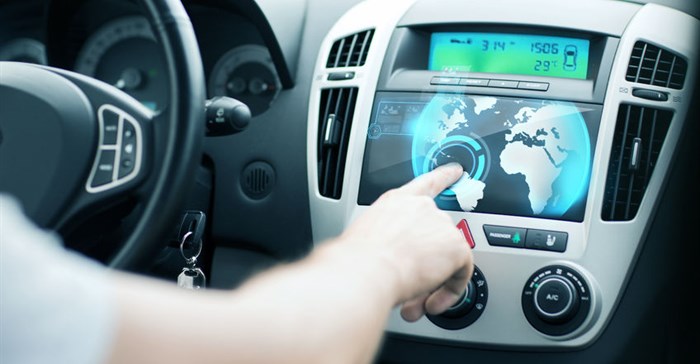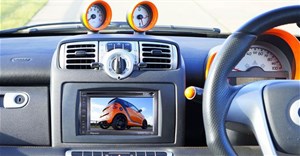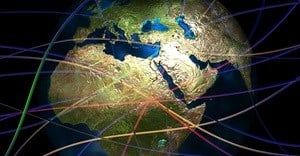Trending




 Sabre EMEA 2024 Awards: Razor PR, Retroviral top SA agenciesDanette Breitenbach
Sabre EMEA 2024 Awards: Razor PR, Retroviral top SA agenciesDanette Breitenbach
Elections 2024
Jobs
- Junior F&I Centurion
- Dealer Principal Durban
- New Vehicle Sales Manager Cape Town
- Production Manager Hammanskraal
- Sales Representative Pre-Owned Vehicle Sales Johannesburg
- Service Advisor Pretoria East
- Pre-Owned Cars Sales Manager Johannesburg
- Qualified Motor Vehicle Technician Pretoria North
- Diagnostic Technician East Rand
- Dealership Stock Controller Midrand
Connected car, connected home... connected life

But all of this is just the prelude to a thrilling story that will unfold over the coming years. Energised by high-speed connectivity, smart sensors, and cloud-based computing, we’ll see these innovations meshing together – enhancing every aspect of our daily lives.
Symbiotic trinity
At the centre: the smartphone, the connected car, and the connected home operate in a symbiotic trinity – the nexus of what we’ll soon start calling 'the connected life'.
Vehicle manufacturers are already rolling out technology-augmented services - from cruise control, to self-parking, collision warnings, infotainment, and even self-driving capabilities. By building on this, car producers can provide a layer of new connected services that improve the convenience of our day-to-day lives. At recent technology and auto shows, we’ve seen examples of what’s possible:
• Mobile ordering of groceries or other shopping items, which can then be delivered to your car by the retailer, by using a passcode on a mobile app to unlock the car. This solves perhaps the biggest challenge of home delivery: that people are very often not at home or physically available to receive deliveries.
• Controlling aspects of the home, from your car or smartphone – including things like heating, air conditioning, security, lighting sprinkler systems, or even recording that important sports match that you realise you’re going to miss!
• Automatically transmitting information back and forth between the car and city authorities, to warn you of accidents or delays, and automatically re-route you to the fastest route.
Connecting our phones, cars, and homes to a bigger network of transport providers, city officials, retailers and shops, airports, schools, and other service providers can literally create hundreds of small improvements to our lives, and shave hours from our daily routines.
Think of the smart fridge that knows which groceries are running low, queues up an order for you to approve with a tap of your smartphone, and then generates a passcode for the retailer to deliver to wherever your car is parked – tracked by geolocation. By the time you’re finished with your workday, or meeting, or whatever you’re busy with, the goods will already be in the boot of your car waiting for you. This is just one illustration of what’s possible with the convergence of connected devices.
Digital value chain
The foundation for all of this to become reality is a secure, scalable, and extensible technology platform. It would enable various role-players and connected devices to transmit information and integrate their services to form a new digital value chain.
Automotive manufacturers are particularly well-poised to benefit from this ecosystem. Most of us use our cars on a daily basis – and many people spend hours each day in the car. This relationship with the customer, this daily touchpoint, positions vehicle makers at the centre of the connected life revolution.
By forming new relationships with players outside the automotive sector, vehicle manufacturers can evolve their businesses in exciting new ways. By providing new services to enhance customer convenience, they can create new streams of annuity revenue and form lasting customer relationships.











